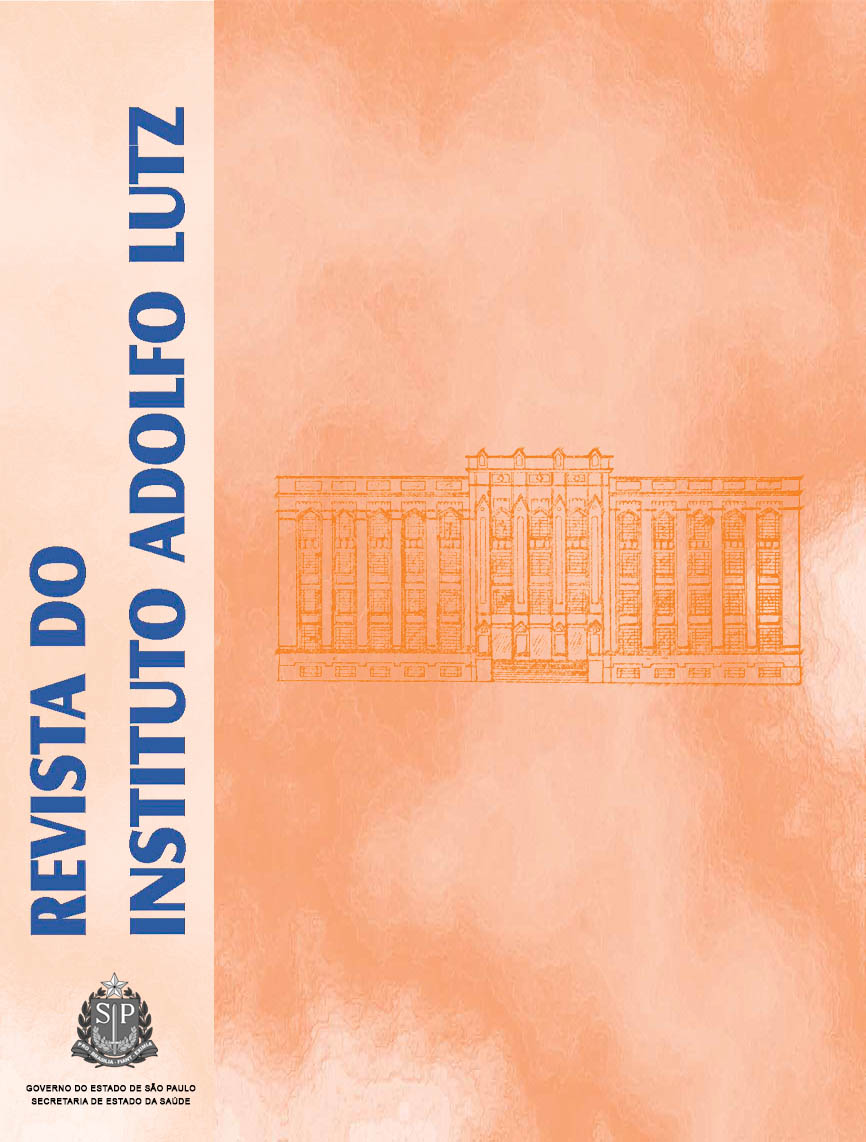Abstract
Propolis is a resinous substance from diverse origins with antinflammatory and antimicrobial properties, which has been studied on some aspects. In this study, nine propolis products, sold in pharmacies and drugstores of São Paulo city, were evaluated for their claimed antimicrobial properties displayed in flask labels and/or product use instruction brochures. Antimicrobial activity was evaluated against Staphylococcus aureus, Staphylococcus epidermidis, Candida albicans, Enterococcus faecalis , and Streptococcus mutans. The method of diffusion in agar was used for evaluating every product in undiluted solutions, in a recommended dilution, and diluted one to tenth of recommended dilution. The results indicated that the recommended dilutions of products showed no antimicrobial activity.References
1. Burdock GA. Review of the biological properties andtoxicity of bee propolis (Propolis). Food Chem Toxicol 1998; 347 –63.
2. Almeida EC, Menezes H. Anti-inflammatory activity of propolis extracts: a review. J Venom Anim Toxins 2002;8: 191-212.2. Negri G, Marcucci C, Salatino A. Comb and propolis waxes from Brazil (states of São Paulo and Paraná). JBraz Chem Soc 2000; 11(5): 453-7.
3. Soares GDM, Citó AMGL, Lopes JAD, Chaves MH. Triterpenos isolados de própolis piauiense. Disponível em [http://www.sbq.org.br/ranteriores/23/resumos/0759].Acesso em 07/04/04.
4. Astudillo LS, Ávila R, Morrison RA, Gutierrez MC, Bastida J, Codima C, Schimmeda-Hirschmann G. Biologically active compounds from chilean propolis. Bol Soc Chil Quím 2000; 45(5): 577-81.
5. Pinto MS, Faria JE, Message D, Cassini STA, Pereira CS, Gioso MM. Efeito de extratos de própolis verde sobre bactérias patogênicas isoladas do leite de vacas commastite. Braz J Vet Res Anim Sci 2001; 38(6): 278-83.
6. Fernandes JR, Lopes CAM, Sforcin JM, Funari SRC. Population analysis of susceptibility to propolis inreference strains of Staphylococcus aureus and Escherichia coli. J Venom Anim Toxins 1997;3(2):287-94.
7. Fernandes A, Leomil L, Fernandes AAH, Sforcin JM. Theantibacterial activity of propolis produced by Apismellifera L. and brazilian stingless bees. J Venom Anim Toxins 2001; 7(2) :173-82.
8. Fernandes A, Lopes MMR, Colombari V, Monteiro ACM,Vieira EP. Atividade antimicrobiana de própolis de Apismellifera obtidas em três regiões do Brasil. Ciência Rural2006; 36(1): 294-7.
9. Kujumgiev A, Tsvetkova I, Serkedjieva Y, Bankova V, Christov R, Popov S. Antibacterial, antifungal andantiviral activity of propolis of different geographico rigin. J Ethnopharmacol 1999; 64: 235-40.
10. Santos FA, Bastos EMA, Uzeda M, Carvalho MAR, Farias LM, Moreira ESA, Braga FC. Antibacterial activity of Brazilian propolis and fractions against oral anaerobic bacteria. J Ethnopharmacol 2002; 80: 1-7.
11. Moreno MIN, Isla MI, Cudmani NG, Vattuone MA, Sampietro AR. Screening of antibacterial activity of Amaicha del valle (Tucumán, Argentina) propolis. J Ethnopharmacol 1999; 68: 97-102.
12. Vargas AC, Loguercio AP, Witt NM, Costa, MM, Silva MS, Viana LR. Atividade antimicrobiana “in vitro” de extrato alcoólico de própolis. Ciência Rural 2004; 34(1): 159-63.
13. Bosio, K, Avanzini C, D’Avolio A, Ozino O, Savoia D.In vitro activity of propolis against Streptococcus pyogenes. Lett Appl Microbiol 2000, 31:174-7.
14. Tolosa L, Cañizares E. Obtención, caracterización yevaluación de la actividad antimicrobiana de extractos de propóleos de Campeche. Ars Pharmaceutica 2002;43(1-2):187-204.
15. Marcucci MC. Propolis: chemical composition, biological properties and therapeutic activity. Apodologie 1995; 26:83-99.
16. NCCLS Performance standards for antimicrobial disk susceptibility tests; Approved Standard – Eighth Edition. NCCLS document M2 – A8, v 23, n 1, 2003. Disponívelem [http://www.anvisa.gov.br/servicosaude/manuais/clsi/clsi_OPASM2-A8.pdf]. Acesso em 16/12/2005.
17. United States Pharmacopeia. 28 ed. United States Pharmacopeial Convention, Rockville, 2005.
18. Park KY, Ikegaki M. Preparation of water and ethanolic extracts of propolis and evaluation of the preparations. Biosc. Biotechnol. Biochem. 1998; 62(11): 2230-2.
19. Endler AL, Oliveira SC, Amorim CA, Carvalho MP, Pileggi M. Teste de eficácia da própolis no combate a bactérias patogênicas das vias respiratórias. Ci. Biol. Saúde 2003;9(2):17-20.
20. Takaisi-Kikuni NB, Schilcher H. Electron microscopy and microcalorimetric investigations of the possible mechanism of the antibacterial action of a defined propolis provenance.Planta Med, 1994; 60: 222-7.
21. Koo H, Gomes BPFA, Rosalen PL, Ambrosano GMB, ParkYK, Cury JA. In vitro antimicrobial activity of propolis and Arnica Montana against oral pathogens. Arch Oral Biol 2000; 45:141-8.
22. Brasil, Leis e Decretos – Resolução RDC nº 132 de 29 de maio de 2003. Dispõe sobre o registro de medicamentos específicos. Disponível em [http://e-legis.anvisa.gov.br/leisref/public/showAct.php]. Acesso em 29/03/06.

This work is licensed under a Creative Commons Attribution 4.0 International License.
Copyright (c) 2006 Instituto Adolfo Lutz Journal
